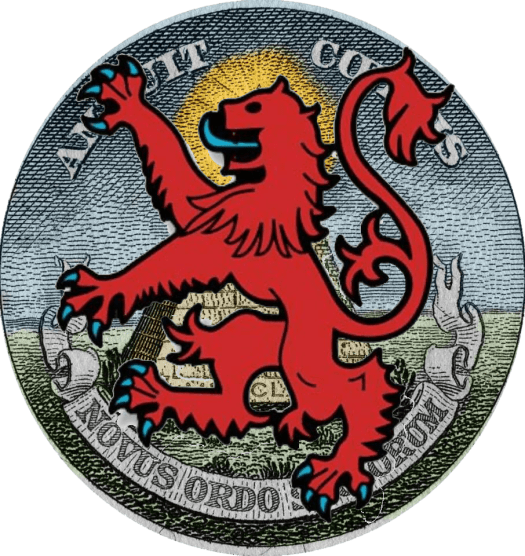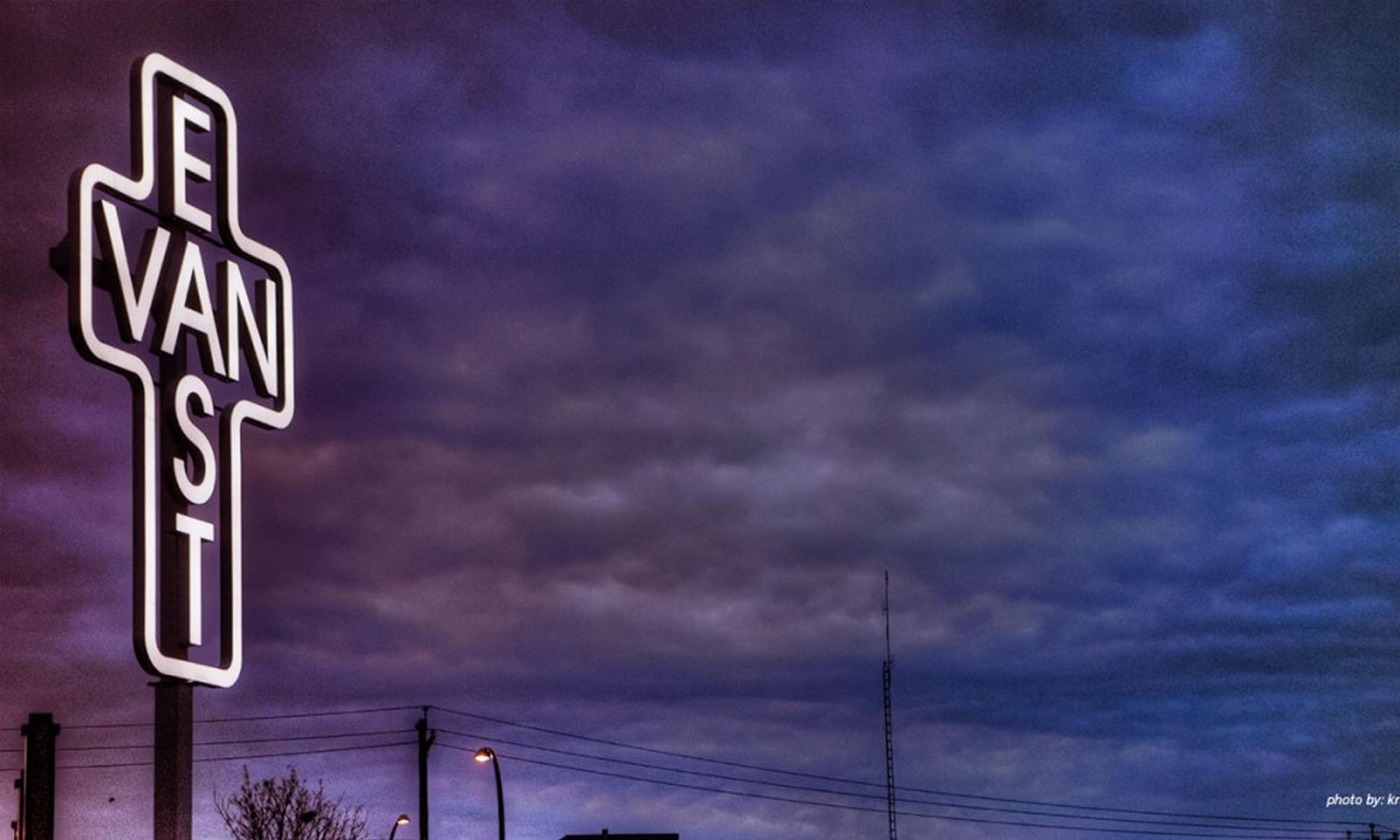Jozo Jukic and the East Van Original
Scene: A rainy East Vancouver alley behind a record store. Graffiti glistens in the mist. Jozo Jukic, rocking a vintage trench coat and a smirk, meets Chris Armstrong, a grizzled but stylish East Van legend in a kilt and boots. They’re sipping gas station coffee from paper cups.
Jozo Jukic:
(Holding up a shirt that says “NWO” with a tartan backdrop)
“What do you think, Chris? Found this at a Hastings thrift bin. It’s New World Order… but make it Celtic.”
Chris Armstrong:
(Snorts, adjusts his beret)
“If it’s no’ Scottish—it’s crap! Ye can’t just slap a kilt pattern on global tyranny and call it heritage, Jozo.”
Jozo:
“C’mon man, look at the stitching. This isn’t made in China. It says ‘Glasgow underground press, 1994.’ This is rare resistance gear!”
Chris:
(Peers closer, squints)
“Aye… that’s the kind of gear we wore when we thought we could take down the IMF with ska music and herbal cigarettes.”
Jozo:
(Laughs)
“So you’re saying this is legit?”
Chris:
“I’m saying… it’s not crap. But only ‘cause it’s got soul. Scottish soul. That’s the difference. Everything else—they’re just tourists in the revolution.”
Jozo:
(Nods, solemnly)
“I’ll wear it with honor. But if the Illuminati show up, you’re tanking the first punch.”
Chris:
“As long as I get the last pint, lad.”

[Fade out to the sound of distant bagpipes playing Rage Against the Machine riffs.]




